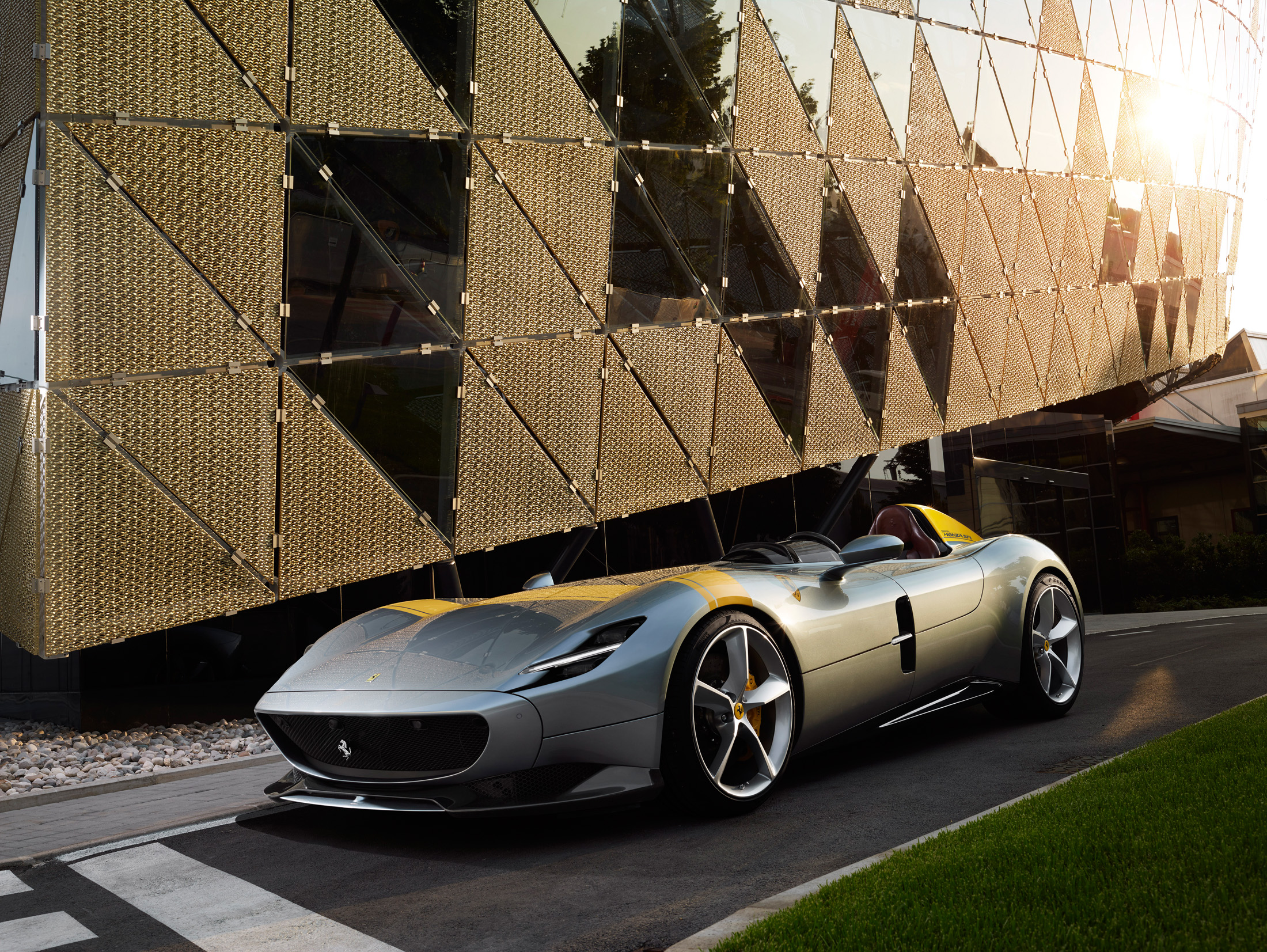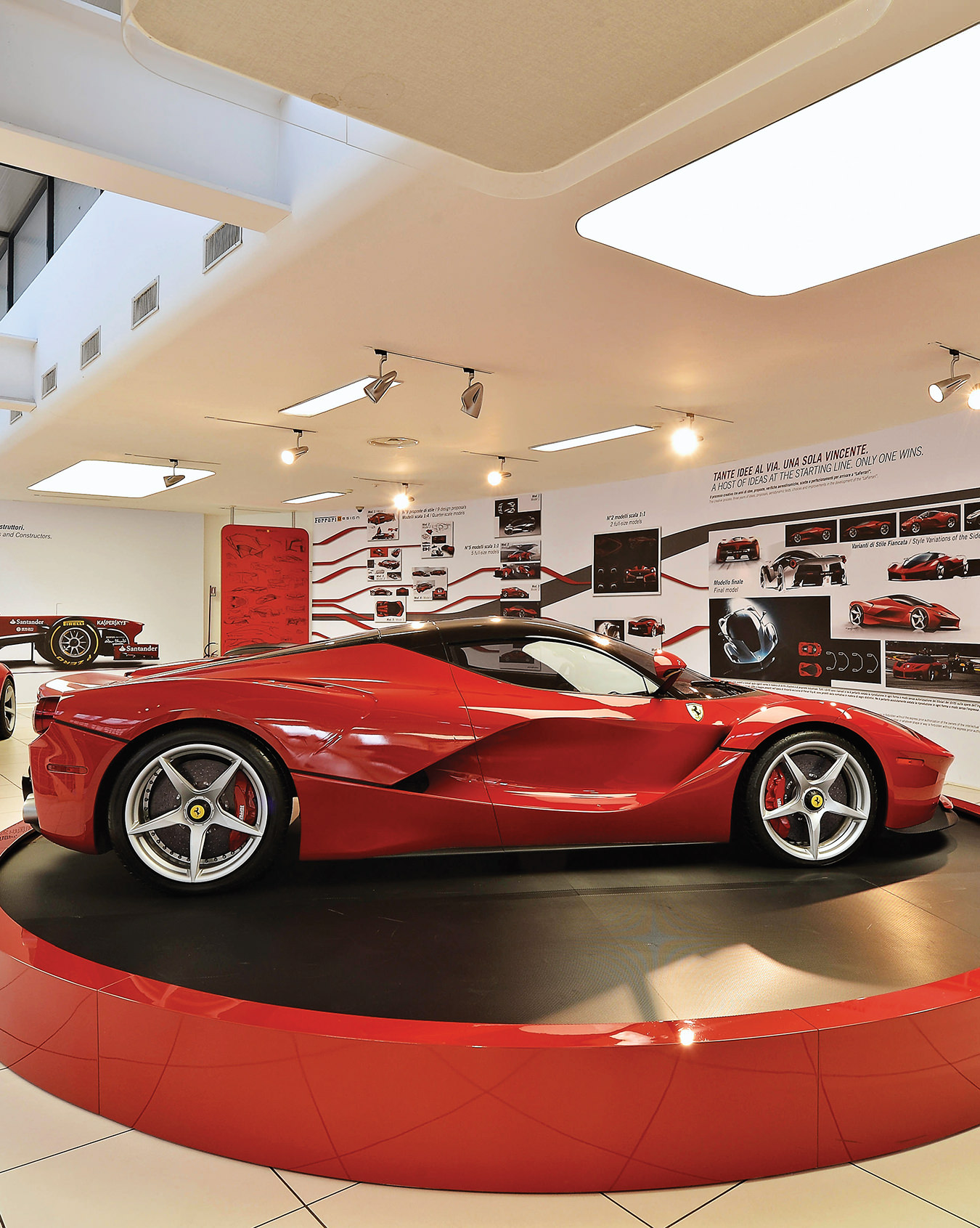-
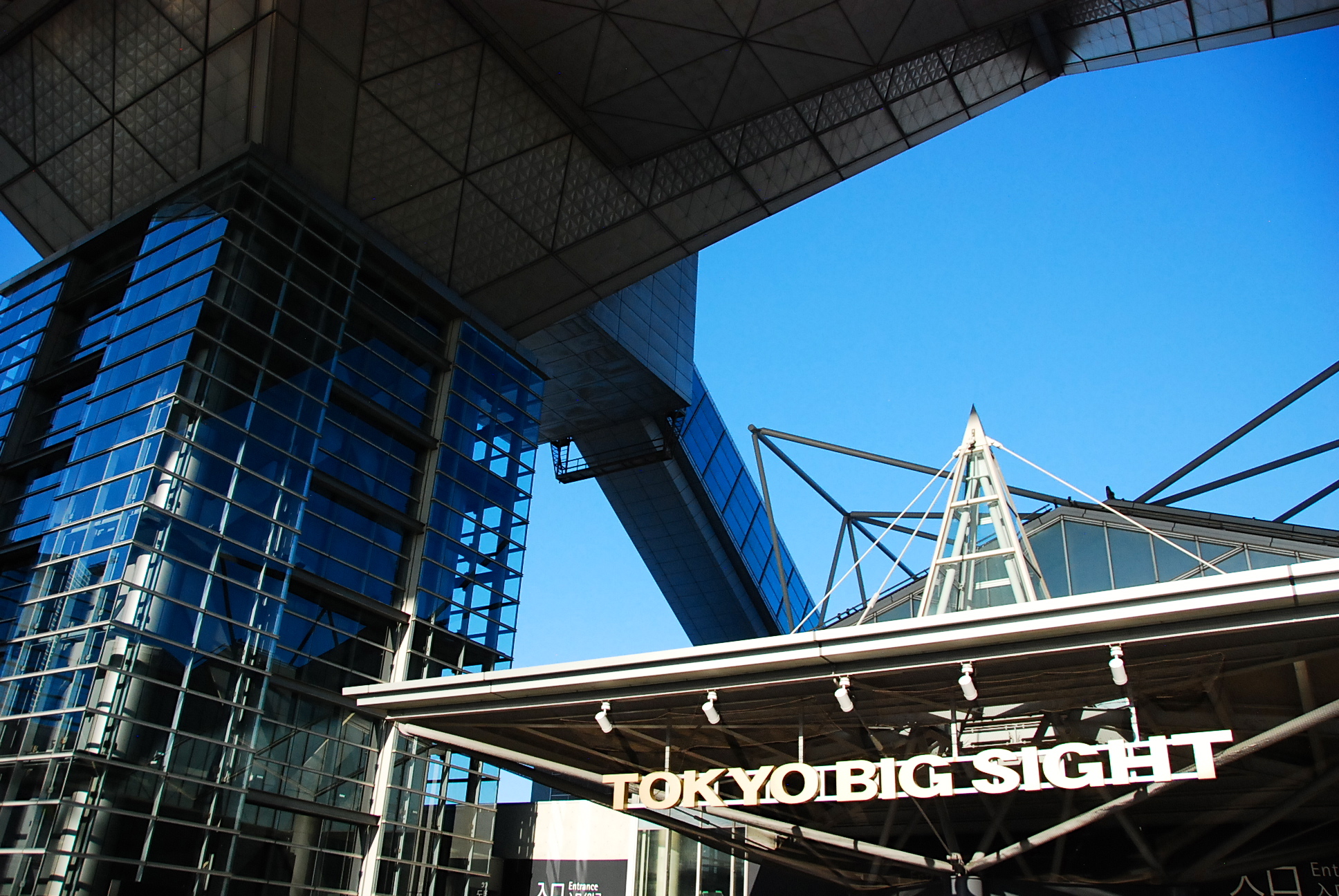
The Tokyo Motor Show.
-
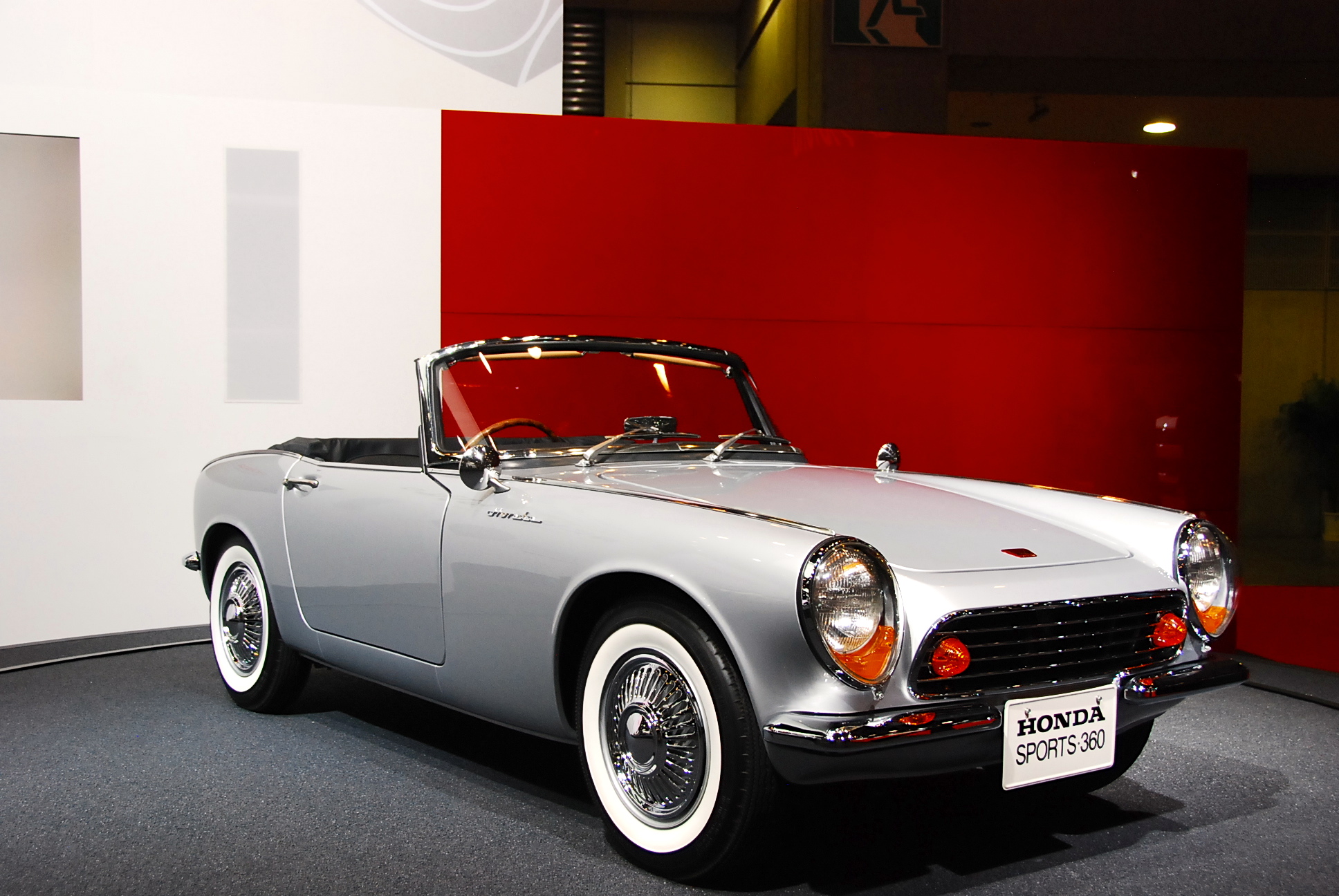
1963 Honda Sports 360.
-
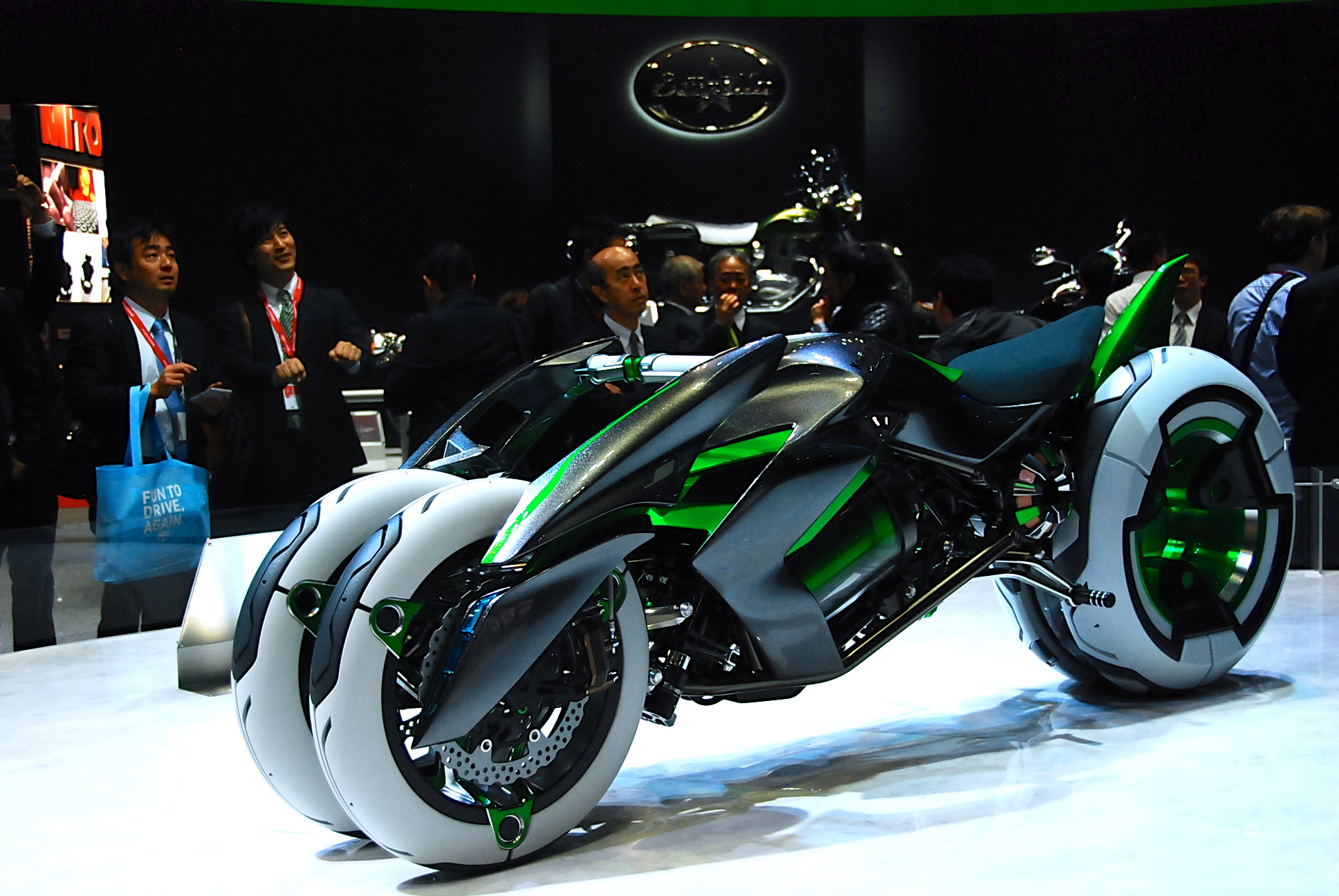
Kawasaki bike.
-

Honda RA271.
-
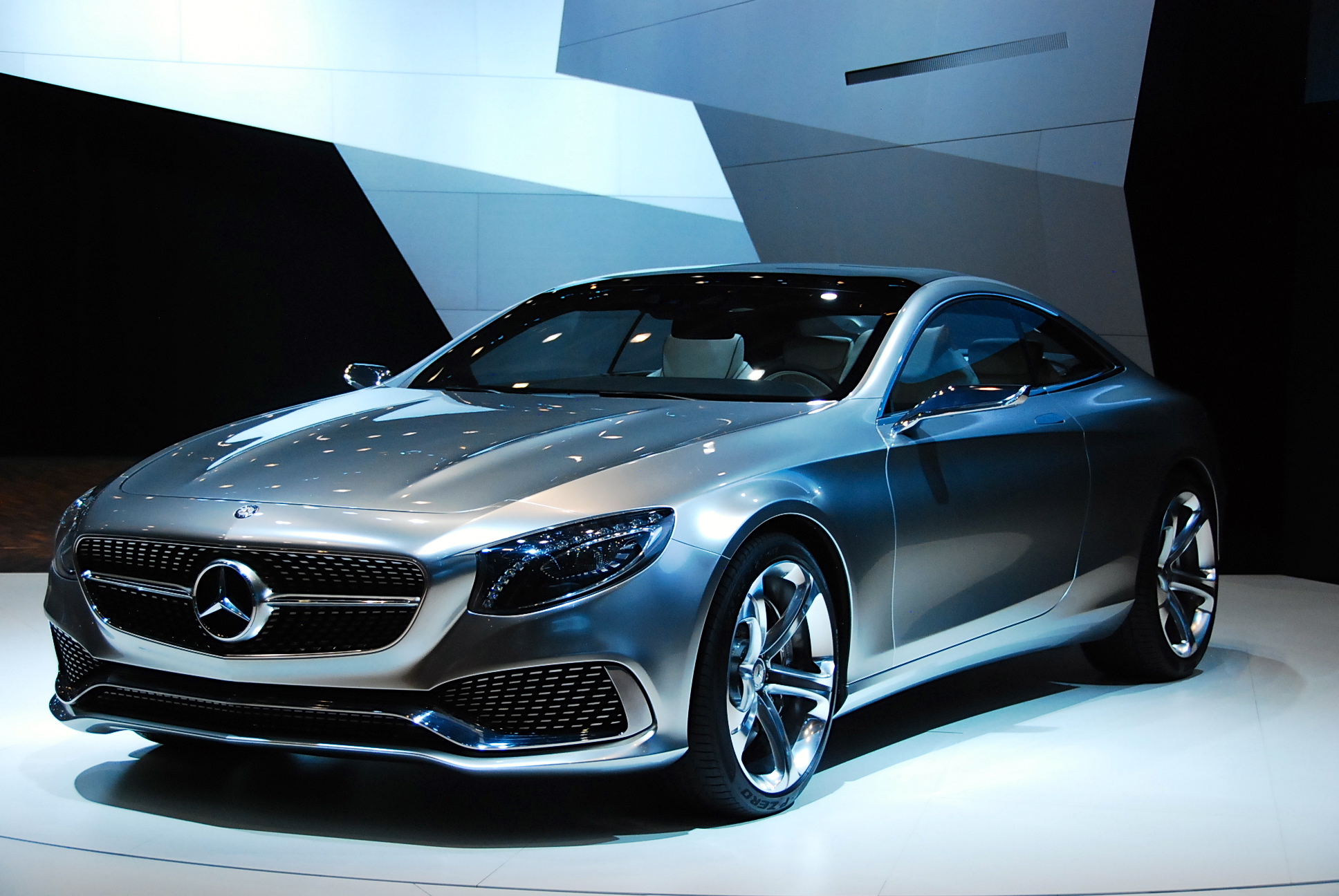
Mercedes-Benz CL-Class.
-
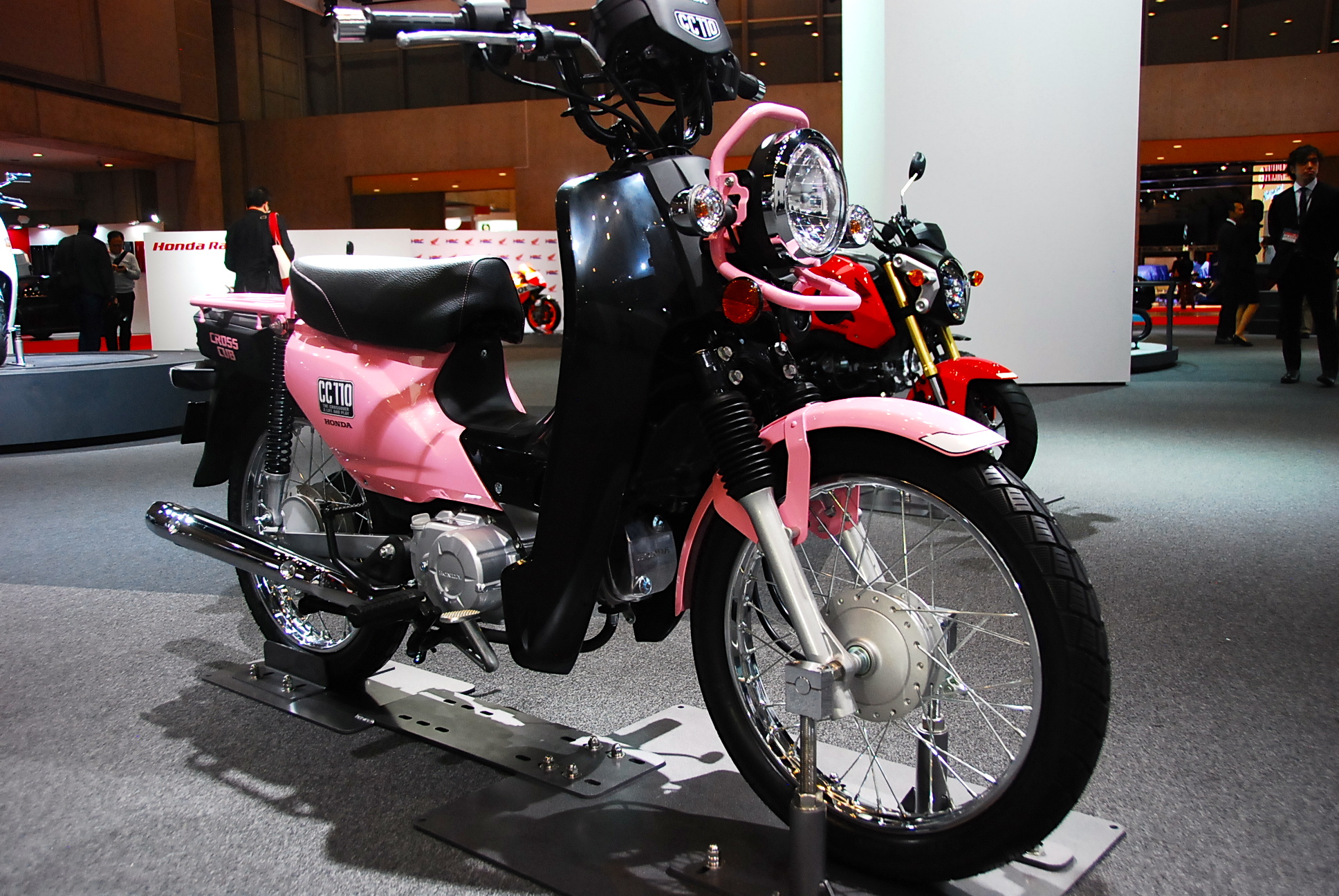
Honda CC Scooter.
-
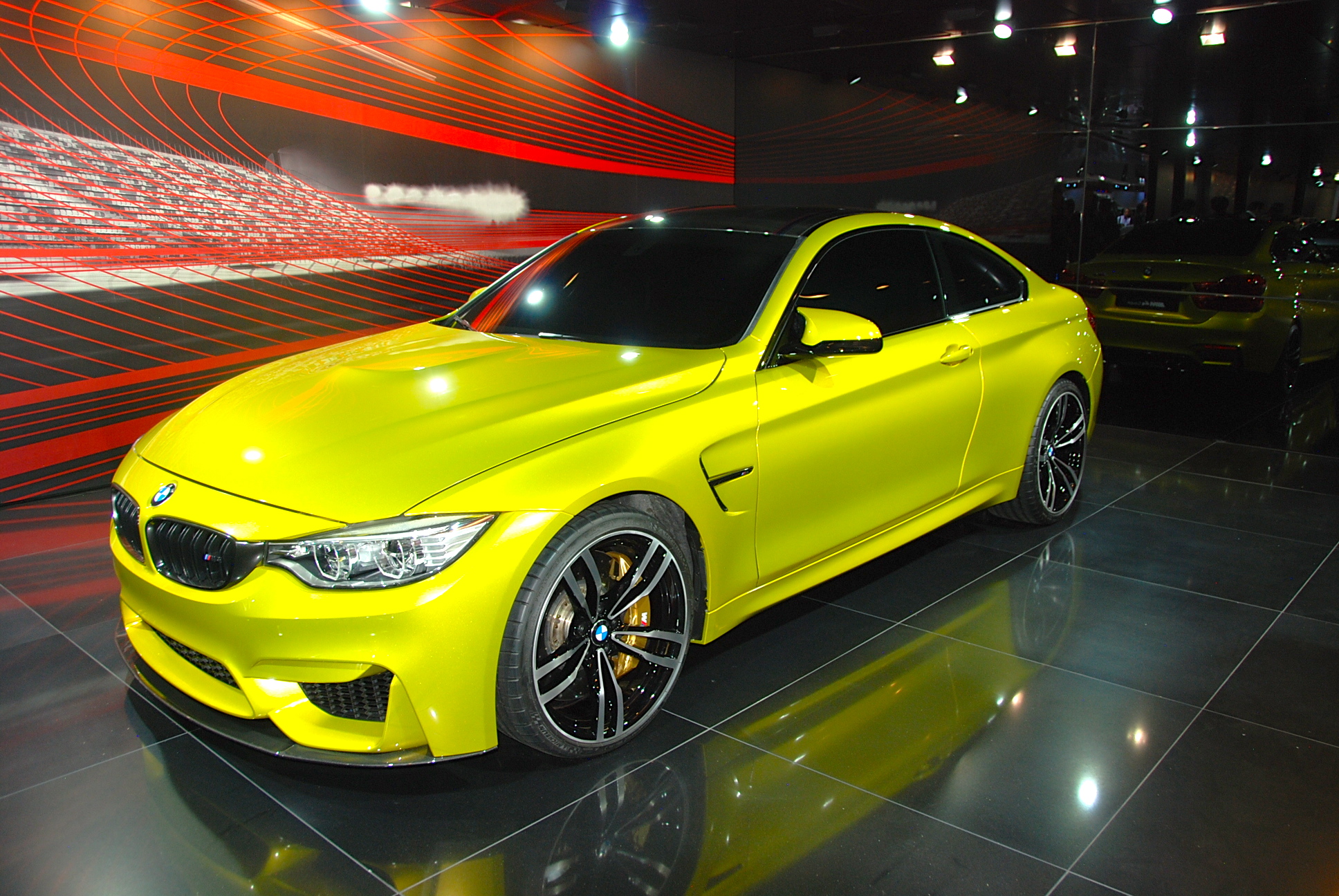
BMW M4.
-
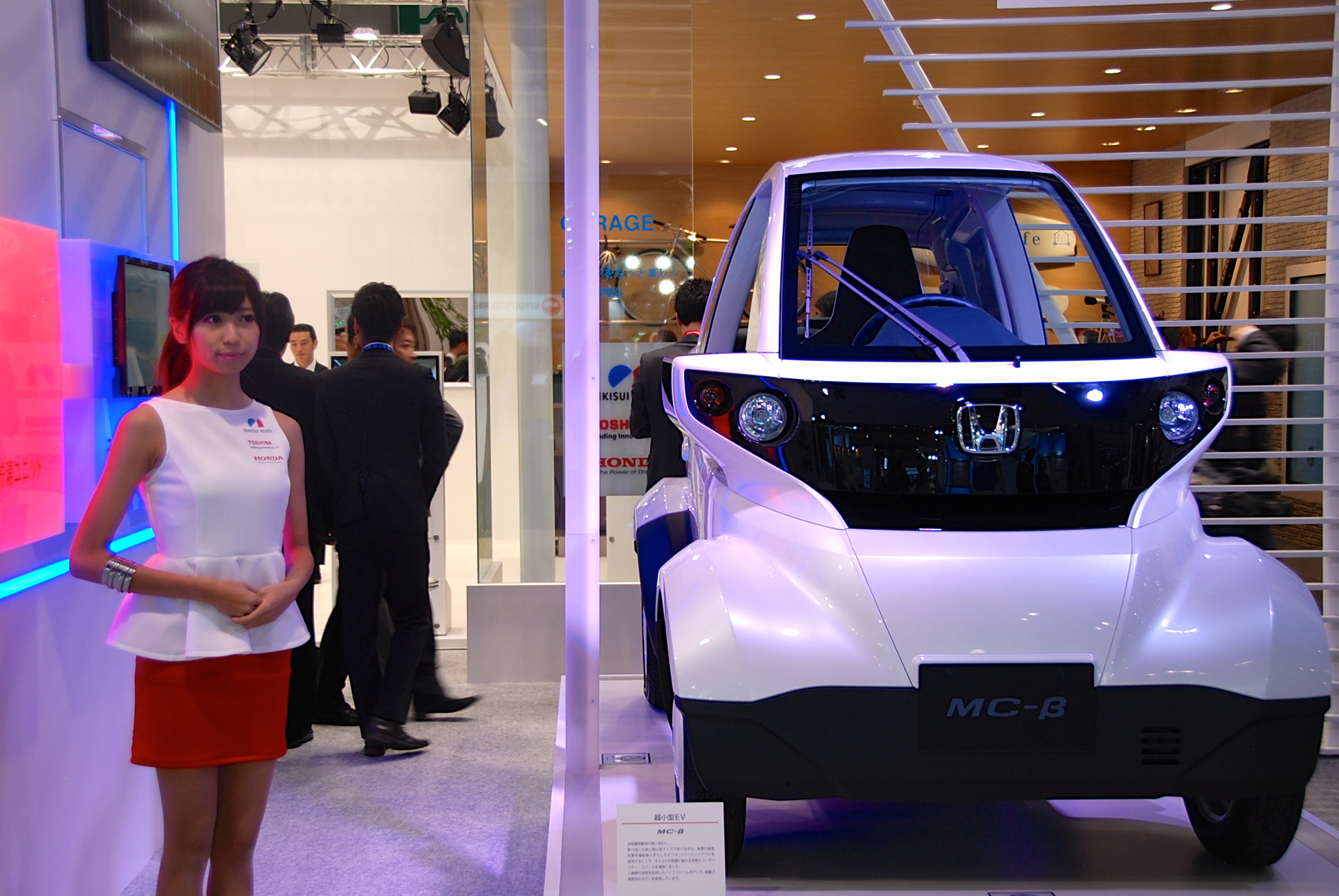
Honda MC-B Micro Commuter.
-
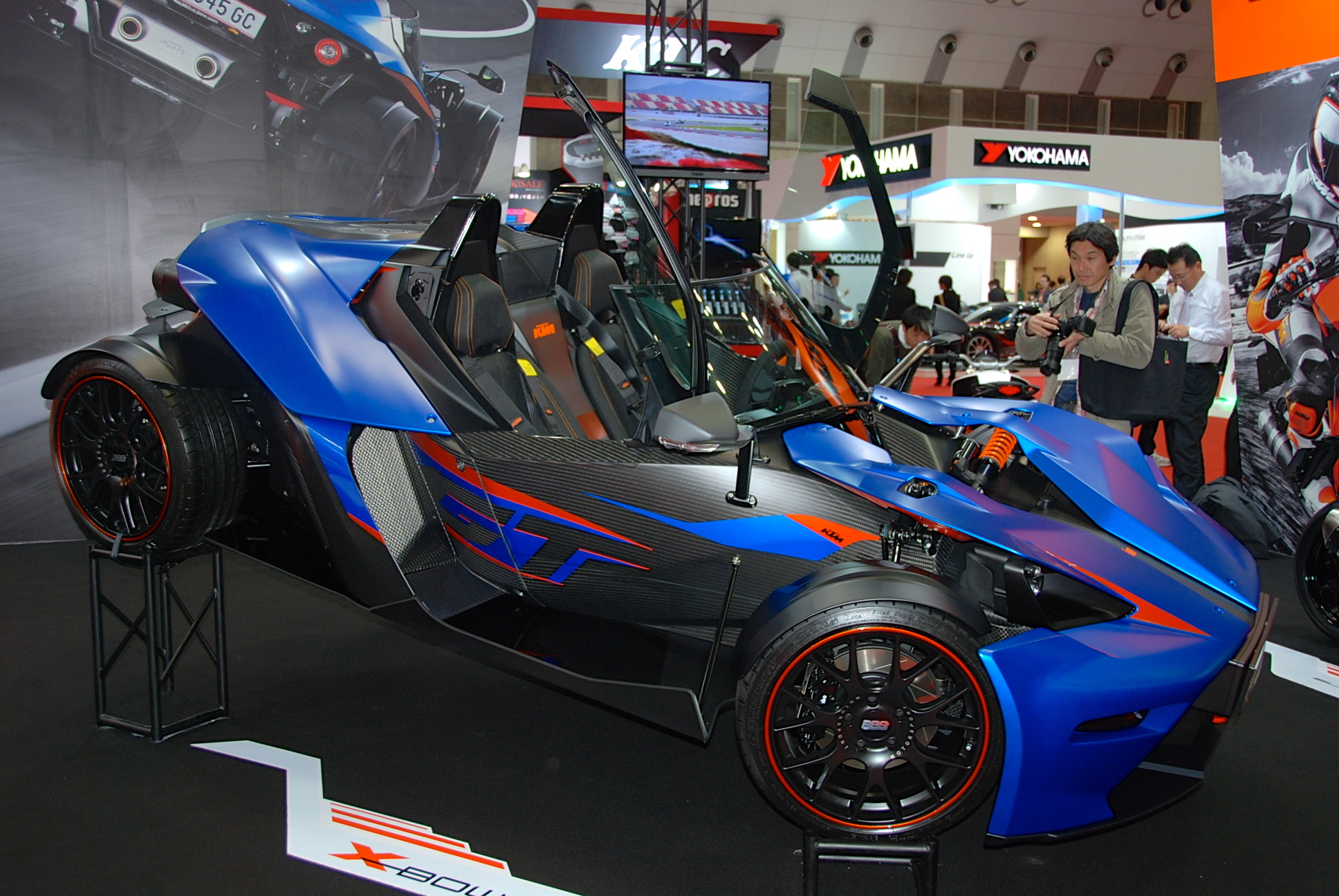
KTM X-Bow.
-
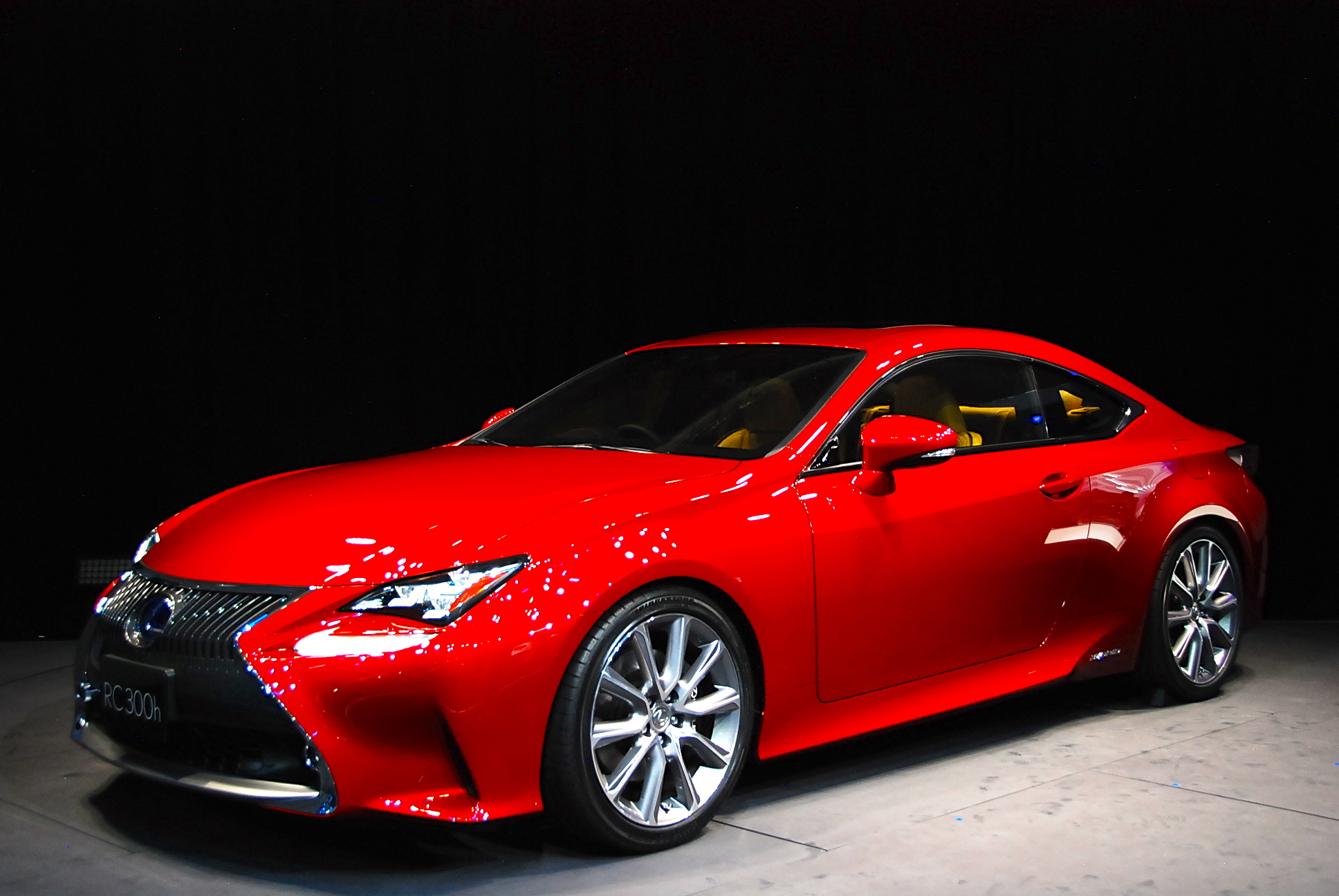
Lexus RC 300h.
-

Nissan IDx Nismo concept car.
-

Mitsubishi XR-PHEV SUV.
-
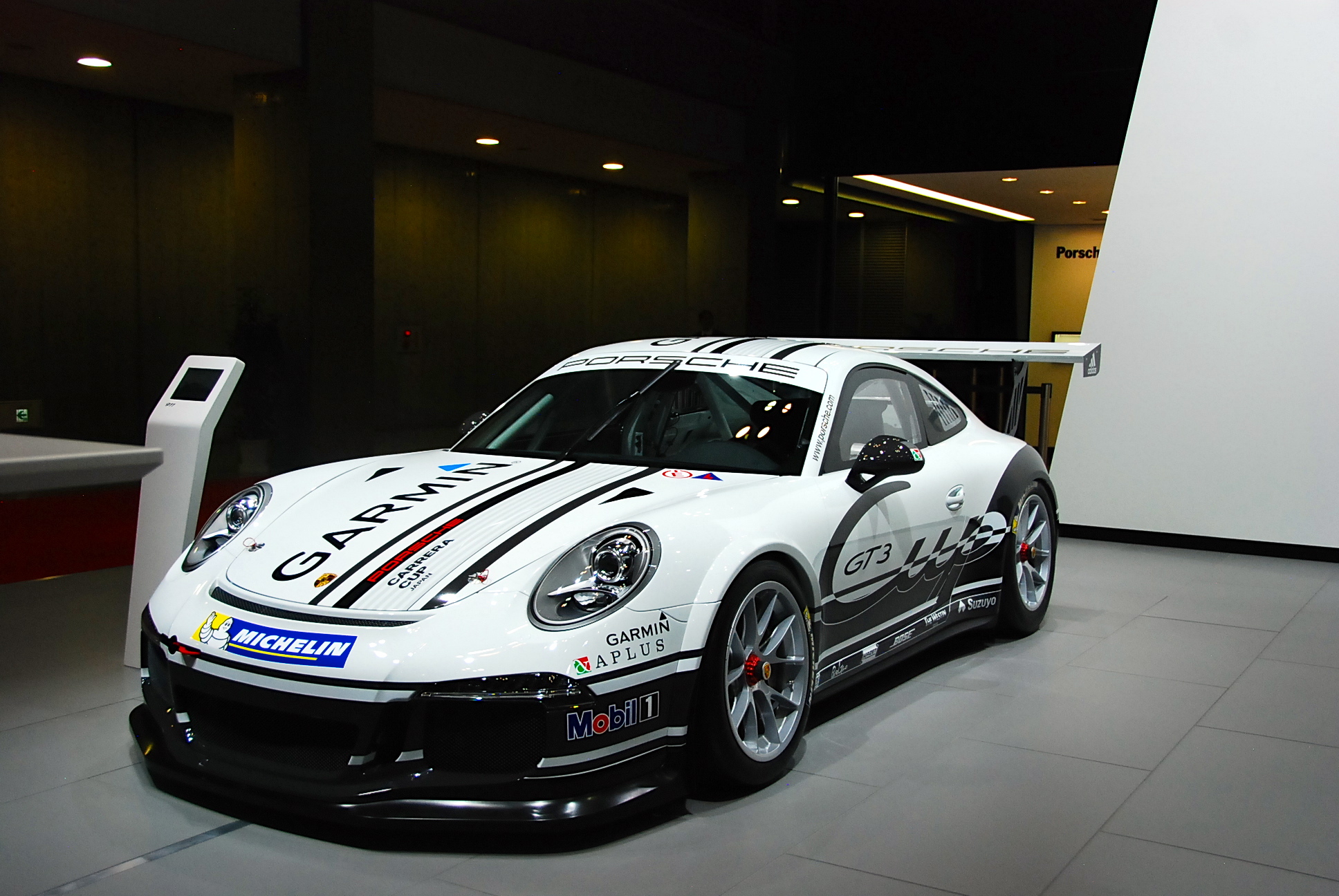
Porsche GT3 Cup.
-
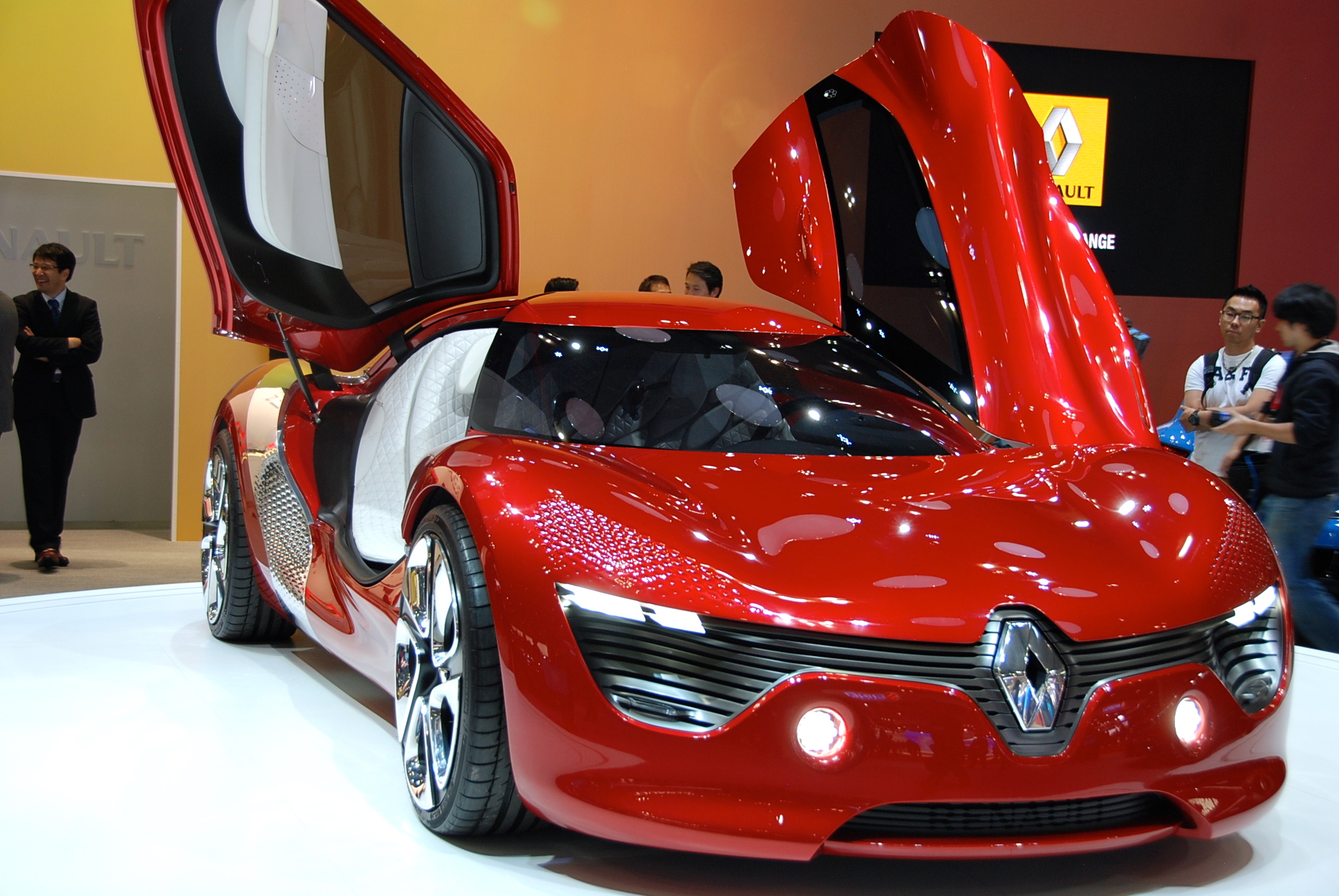
Renault DeZir.
-
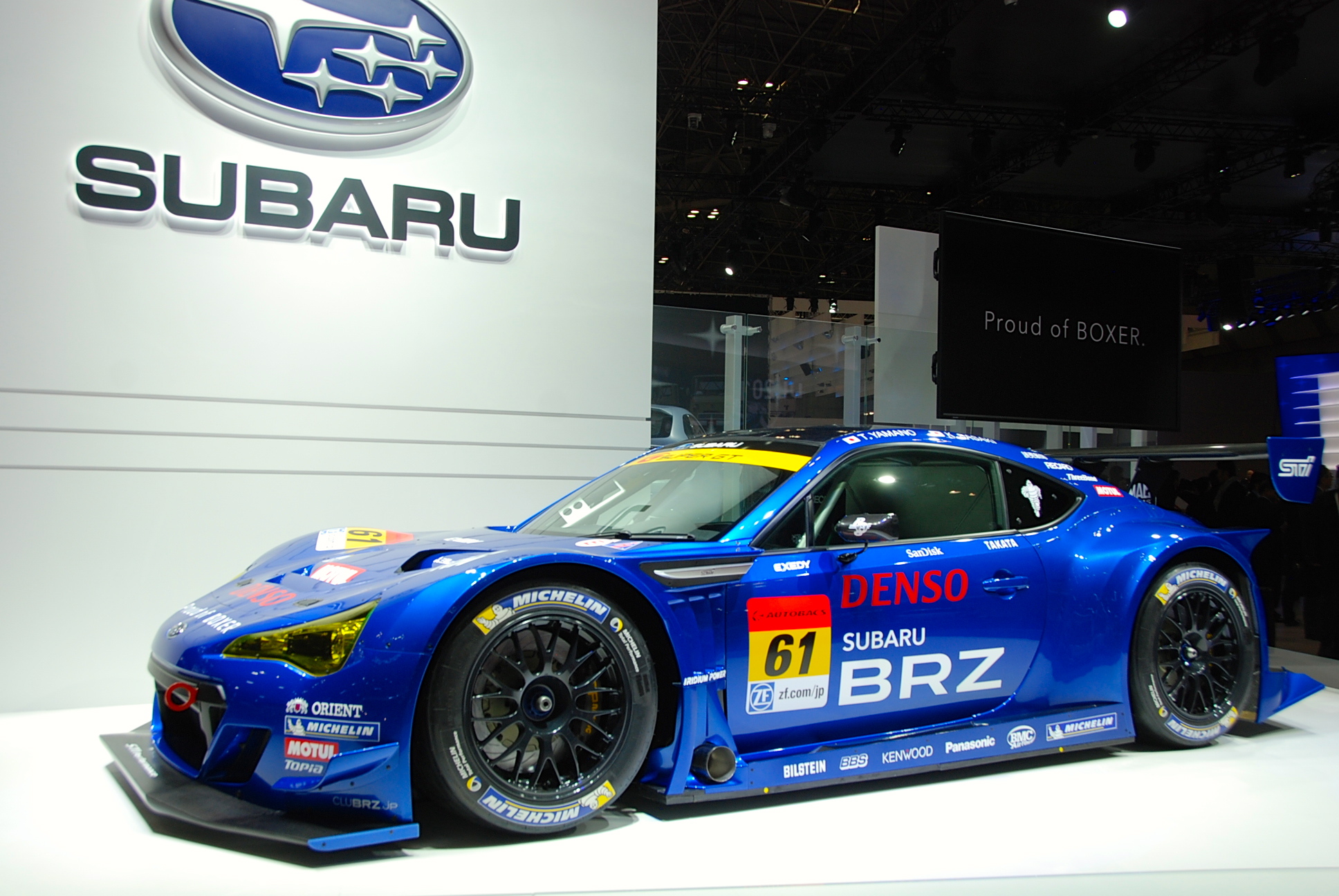
Subaru BRZ race car.
-

Yamaha Bolt Café Racer.
-
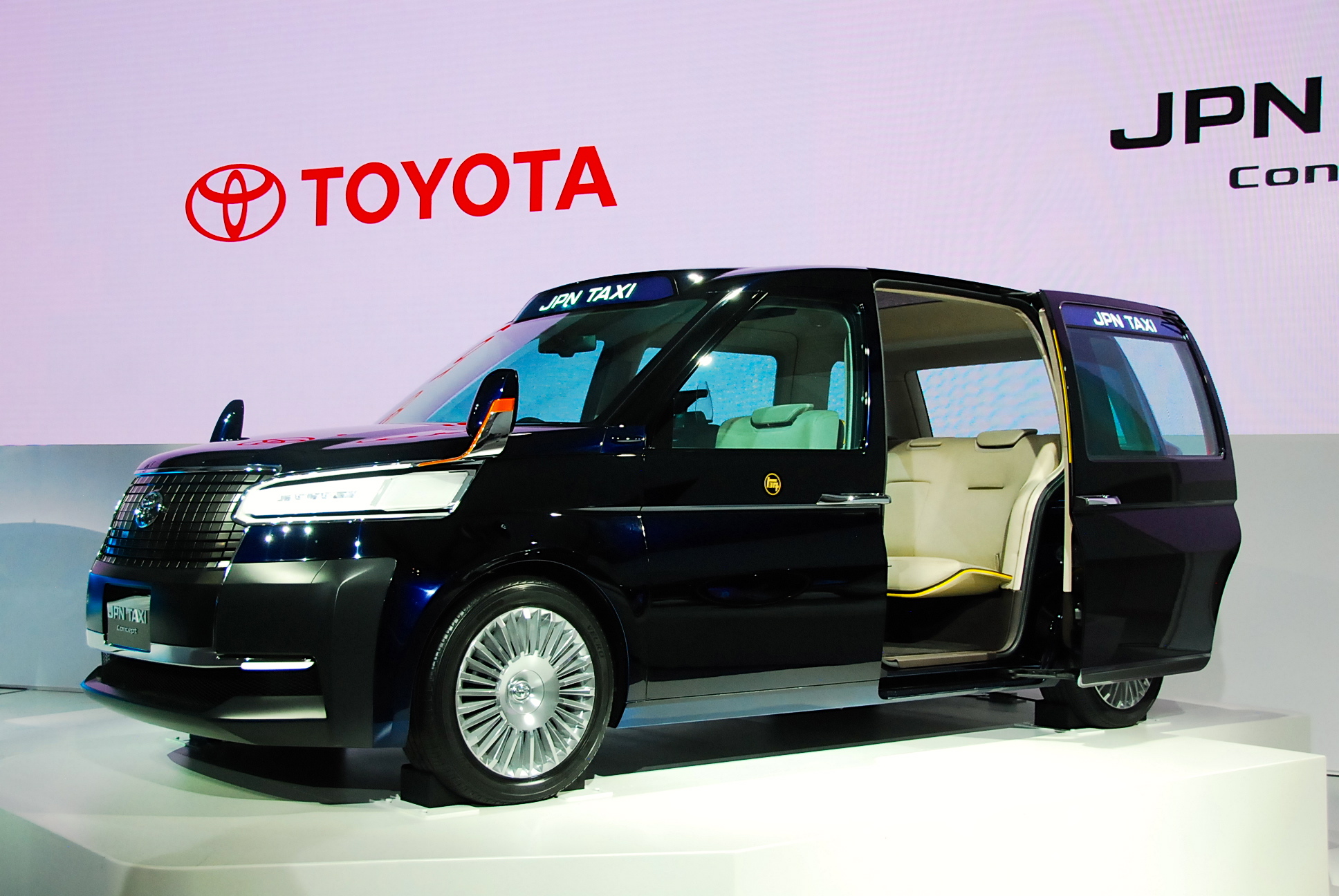
Toyota JPN Taxi Concept.
-
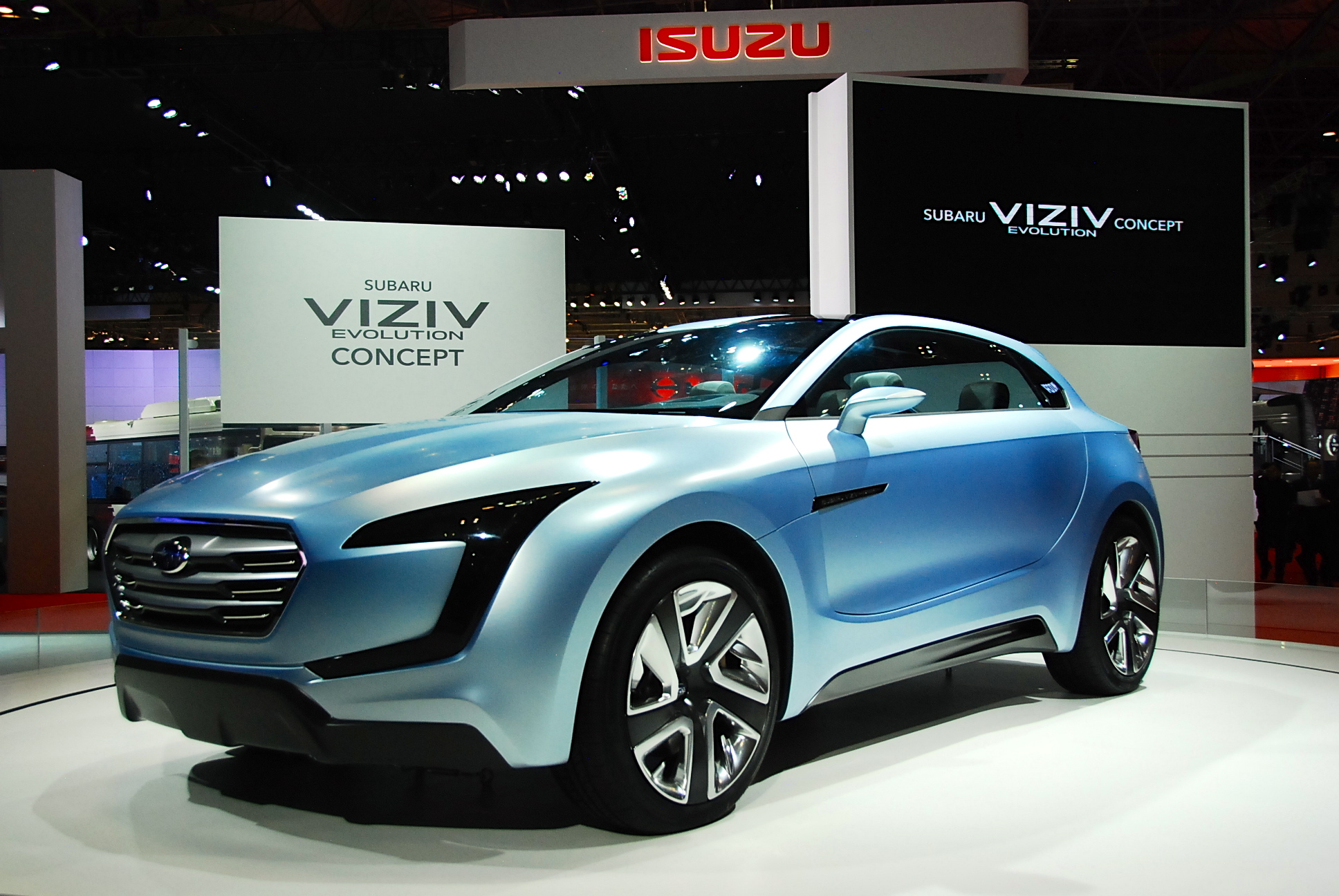
Subaru Viziv.
-
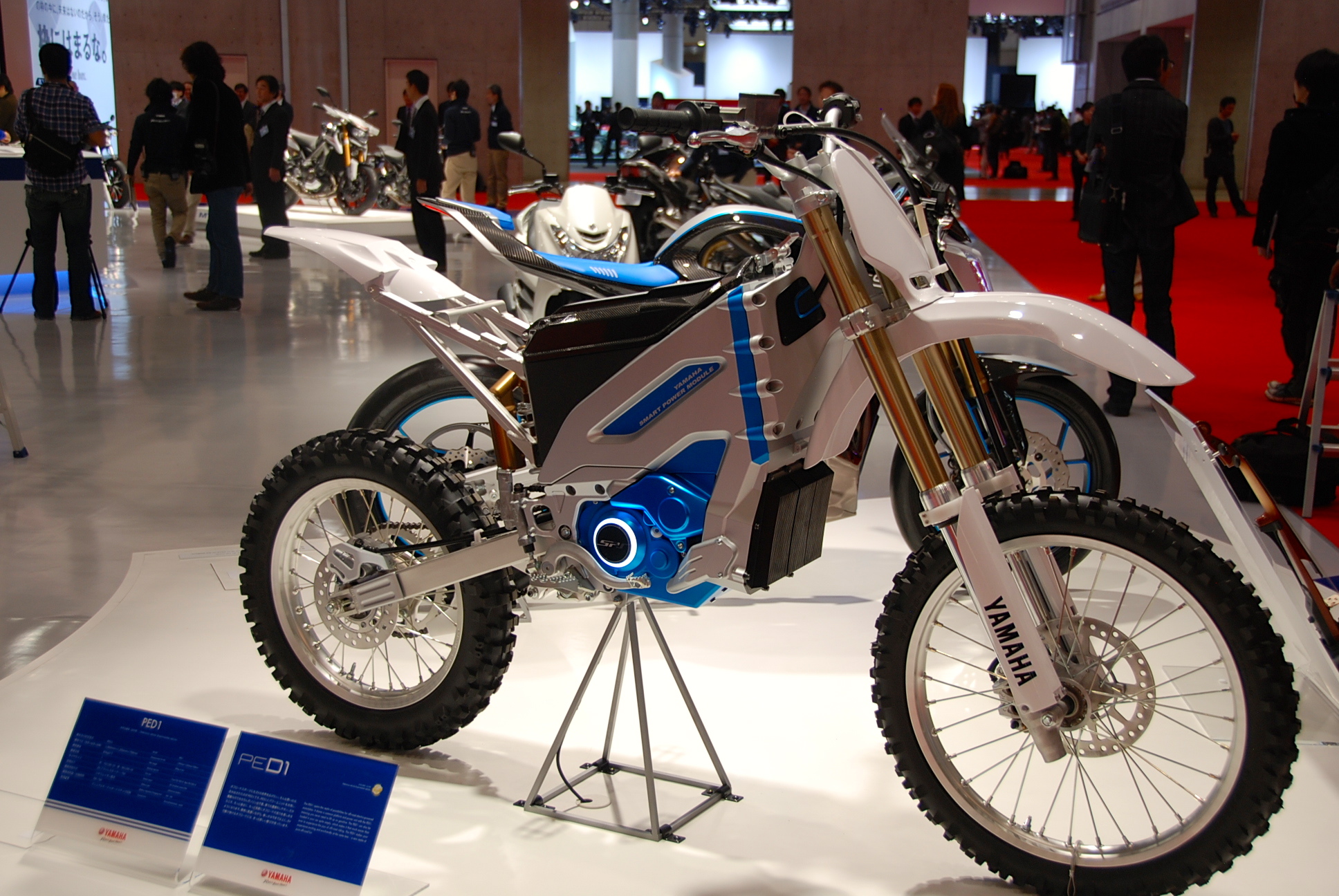
Yamaha PED1 electric bike.
Tokyo Motor Show
Displays of innovation.
The international auto show circuit has come to a fork in the proverbial road, one based on ideas and the other based on sales. The split happened in the wake of the global economic downturn, which forced cash-strapped manufacturers to pick and choose where to reveal their latest models.
In the aftermath, some high-end manufacturers shunned the Detroit Auto Show and a host of non-Japanese carmakers gave the cold shoulder to the Tokyo Motor Show. The impact was felt so strongly in Japan, the biannual event was almost cancelled in 2009 and, the truth be known, it has struggled to regain its former stature ever since.
Nevertheless, a whirlwind visit to the 2013 Tokyo Motor Show proved that Japanese car manufacturers take a back seat to none when it comes to sheer ingenuity. There were wildly interesting cars, motorcycles, and other forms of conveyance in every corner of the futuristic conference centre aptly named “Tokyo Big Sight.”
The foreign manufacturers did their best in attempting to steal the spotlight in Japan. Roughly 17 or so hours before their “official” global debuts at the Los Angeles Auto Show, Porsche pulled the covers off the new Macan, Jaguar unveiled the F-Type Coupe, and Mini introduced the next-generation Cooper and Cooper S. For sure, these cars garnered some well-deserved attention, but the lion’s share of the headlines were reserved for homegrown ideas.
All around the convention centre, Japanese manufacturers were marketing vehicles that promised to be environmentally friendly and fun to drive at the same time. (It’s a tricky balance, and to get the balance right requires an expert blend of design, engineering, and branding.) The domestics also showed a wide and wild range of non-automotive products.
On the car front, we saw countless highlights, including the latest version of the highly anticipated Acura NSX. In the Lexus and Toyota booth, there was plenty to talk about including the soon-to-be-released Lexus RC 300h hybrid sport coupe, the Toyota FCV fuel cell concept set to launch in 2015, and some interesting scooter-like vehicles. Subaru came out in full force with their BRZ race car and a trio of riveting concepts, the Cross Sport, Levorg, and Viziv.
Suzuki and Mitsubishi both had a big presence in Tokyo filled with interesting concept cars. The Mitsubishi XR-PHEV SUV concept was, in particular, a striking vehicle that kept the camera flashes working overtime. Over at the Nissan stand, the BladeGilder concept was charged with securing all the ink, but the surprise reveal was the Datsun 510-inspired IDx Nismo.
In another area of Tokyo Big Sight level, a host of non-automotive products were given their day in the sun, including all manner of scooters, EVs, and personal mobility devices. Honda revealed a smart home designed in partnership with Toshiba and builder Sekisui House that showcased a number of these devices, including the Honda Walking Assist Device, a pair of robotic legs developed from learning gathered in their ASIMO venture.
The home included some revolutionary features, such as a recharging station for a fuel cell vehicle (the Honda FCX Clarity) and another recharging station for an EV (their newly introduced MC micro commuter). Other interesting aspects of the home included interactive walls that became full-size gaming screens or communications devices, smart monitoring that relayed health information of the residents to outside caregivers, and fully automated lighting and power management systems.
As might be expected, the 2013 Tokyo Motor Show introduced a number of futuristic cars to the world. But it also hinted at some revolutionary thinking on a variety of topics, many of them only loosely related to the world of automobiles.





